Once, the coasts of America pulsed with summer life, boardwalks thrummed with carnival tunes, hotels gleamed under seaside lights, and families gathered to feel the salt air. Yet time, storms, and changing economies have silenced many of these once-thriving escapes. What remains are hauntingly beautiful ruins where laughter once echoed. Each forgotten beachside gem tells its own story of ambition, prosperity, and loss. From decaying domes in Florida to the ghostly piers of Texas, these places show how swiftly the tides of fortune can turn.
1. Atlantic City, New Jersey
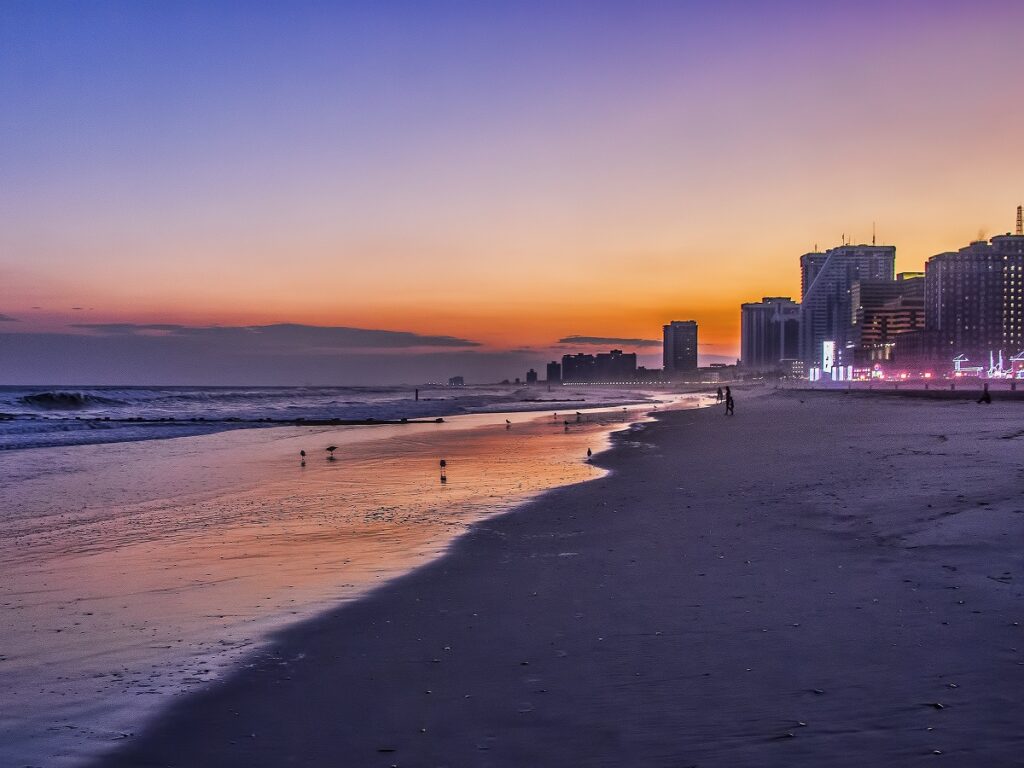
Born in the 1850s as America’s first seaside resort, Atlantic City once defined coastal luxury with its glittering hotels, jazz-filled clubs, and the world’s longest boardwalk. It thrived through the early 20th century, but decades of corruption, storm damage, and declining tourism left its piers deserted. Many grand structures have since crumbled or stand abandoned, shells of their former splendor. Though casinos tried to revive their image, large sections remain empty, a ghostly reminder of a resort that once dazzled the East Coast elite.
2. Cape Romano Dome Houses, Florida
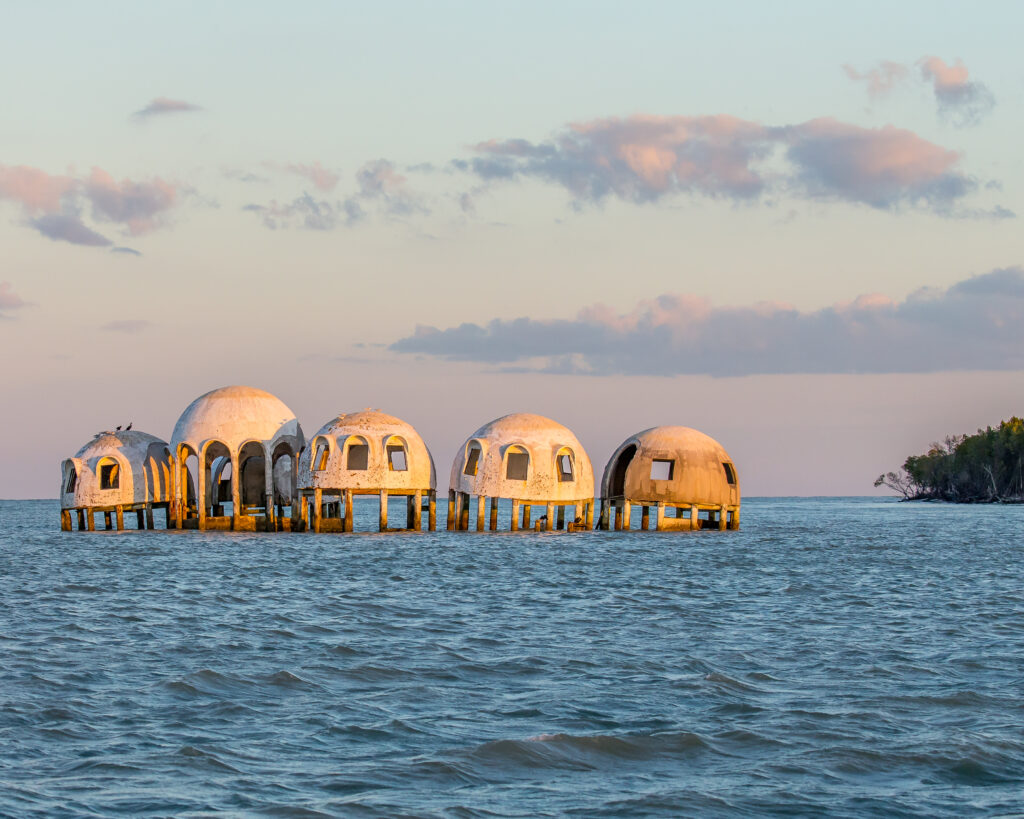
Built in 1981 by retired oil engineer Bob Lee, the Cape Romano Dome Houses were futuristic marvels off Marco Island. Their curved concrete shells were meant to be self-sustaining and hurricane-resistant, powered by solar energy and designed for waterfront living. But shifting sands and rising tides turned them into ruins within a decade. By the 1990s, the ocean had claimed the land beneath it. Today, the half-submerged domes appear otherworldly, haunting silhouettes of human innovation defeated by the relentless sea.
3. Salton Sea Beach, California
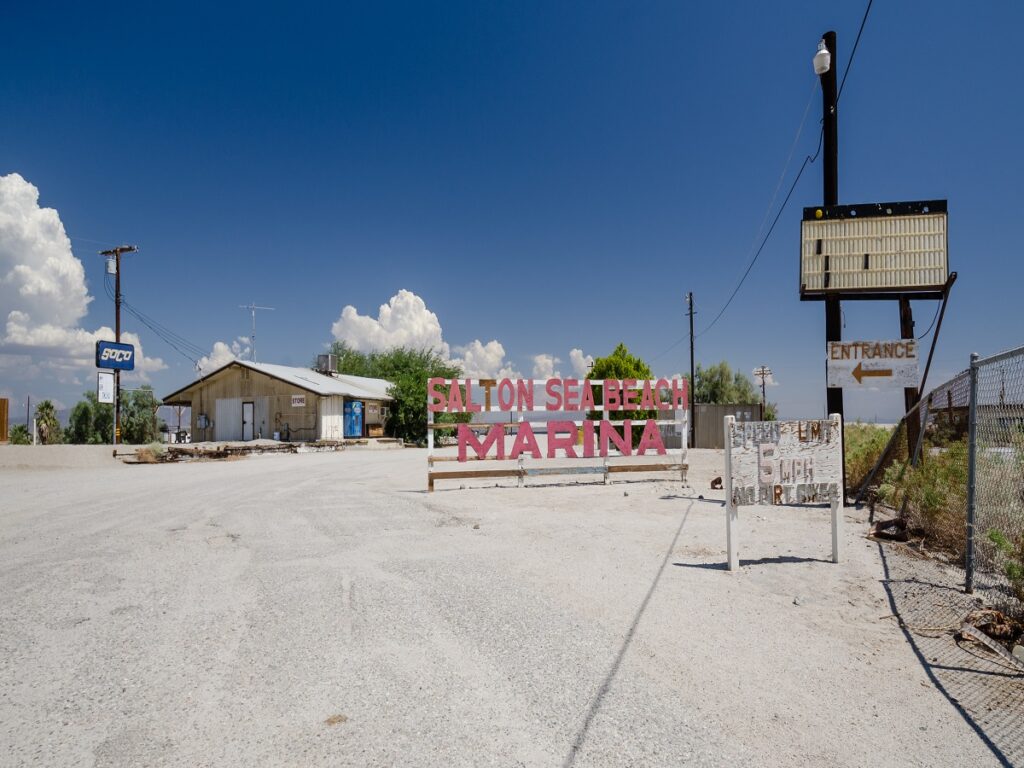
The Salton Sea, accidentally formed in 1905, became California’s desert Riviera by the 1950s. Marinas, motels, and beach clubs drew celebrities and water-skiers eager for a sunny escape. Yet rising salinity and pollution poisoned the waters, killing fish and driving visitors away. By the 1980s, resorts stood empty and marooned in salty dust. Rusted trailers and skeletal docks remain, surrounded by cracked earth and the scent of decay, a surreal desert wasteland that once glittered with promise.
4. Gilchrist, Texas

Founded in the 1950s along the Bolivar Peninsula, Gilchrist thrived as a laid-back fishing and vacation town for Texans. Its stilt houses lined the Gulf, and weekends meant boating, crabbing, and beach bonfires. But in 2008, Hurricane Ike swept through, erasing nearly everything in its path. Only fragments of foundations and scattered debris mark where homes once stood. The residents never returned in full, and Gilchrist remains eerily vacant, a shoreline reclaimed by wind and waves, forever scarred by nature’s power.
5. Ocean Beach Pavilion, Rhode Island
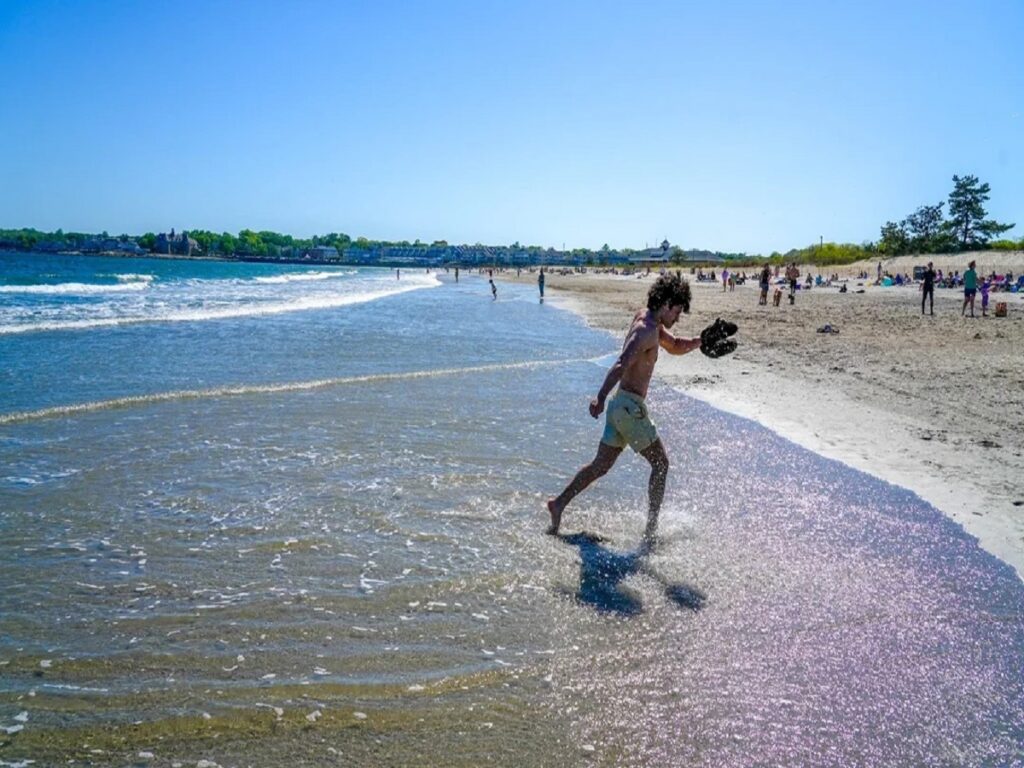
Built in 1888 in Westerly, Rhode Island, the Ocean Beach Pavilion embodied seaside charm with grand dance halls, games, and oceanfront picnics. It was the pride of the region during the early 1900s, drawing city crowds in linen and lace. Over time, coastal erosion and repeated storms battered the structure beyond repair. By the 1960s, the pavilion was closed and eventually dismantled. Today, the dunes have swallowed its remains, leaving only whispers of music that once drifted over the waves.
6. Monterey Bay Cannery Row, California

In the early 1900s, Monterey’s Cannery Row roared with factory whistles and the scent of sardines. It became a bustling hub for workers, tourists, and merchants, immortalized later by John Steinbeck’s writing. When sardine populations collapsed in the 1950s, the canneries went silent almost overnight. Though parts of the waterfront were revived for tourism decades later, many weathered warehouses still stand as rusting relics of a bygone era, echoing the town’s once-booming maritime rhythm.
7. Neskowin Ghost Forest, Oregon
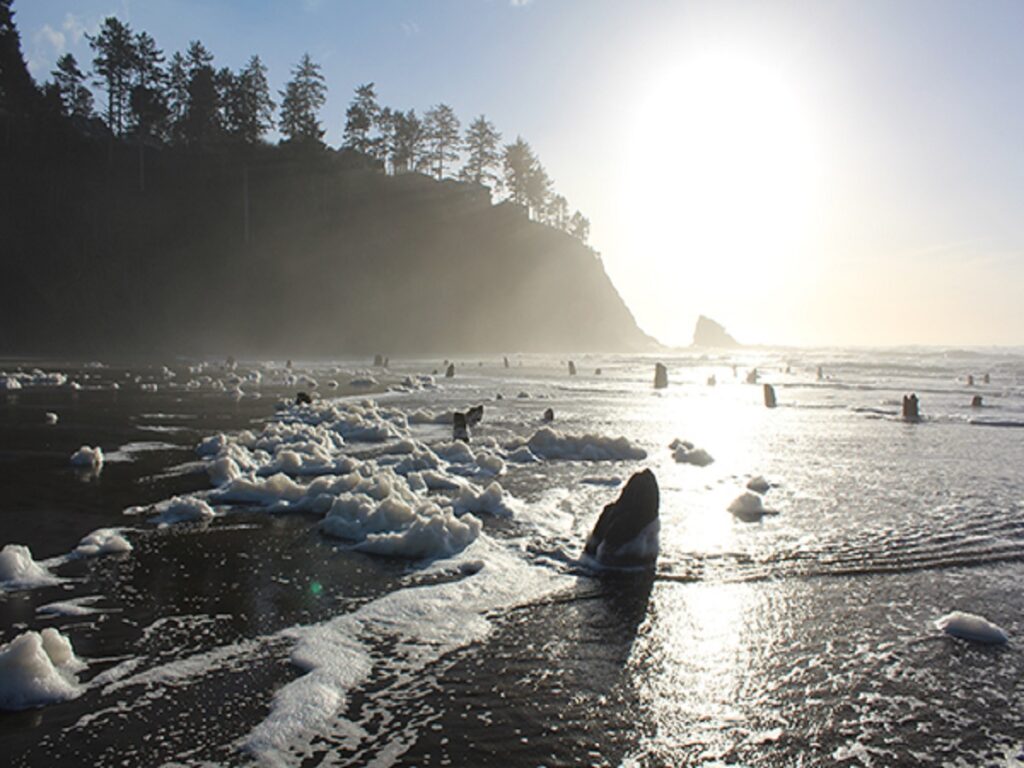
Off the Oregon coast lies Neskowin Beach, home to a haunting sight: a forest drowned by the sea centuries ago. The stumps, preserved by salt and sand, are remnants of an ancient spruce grove destroyed by a massive earthquake and tsunami around 1700. Once hidden beneath the surf, the “Ghost Forest” now surfaces at low tide, resembling a village of silent sentinels. Though not a town, this eerie landscape stands as nature’s monument to time, loss, and geological memory
8. Indian Beach Amusement Park, Texas
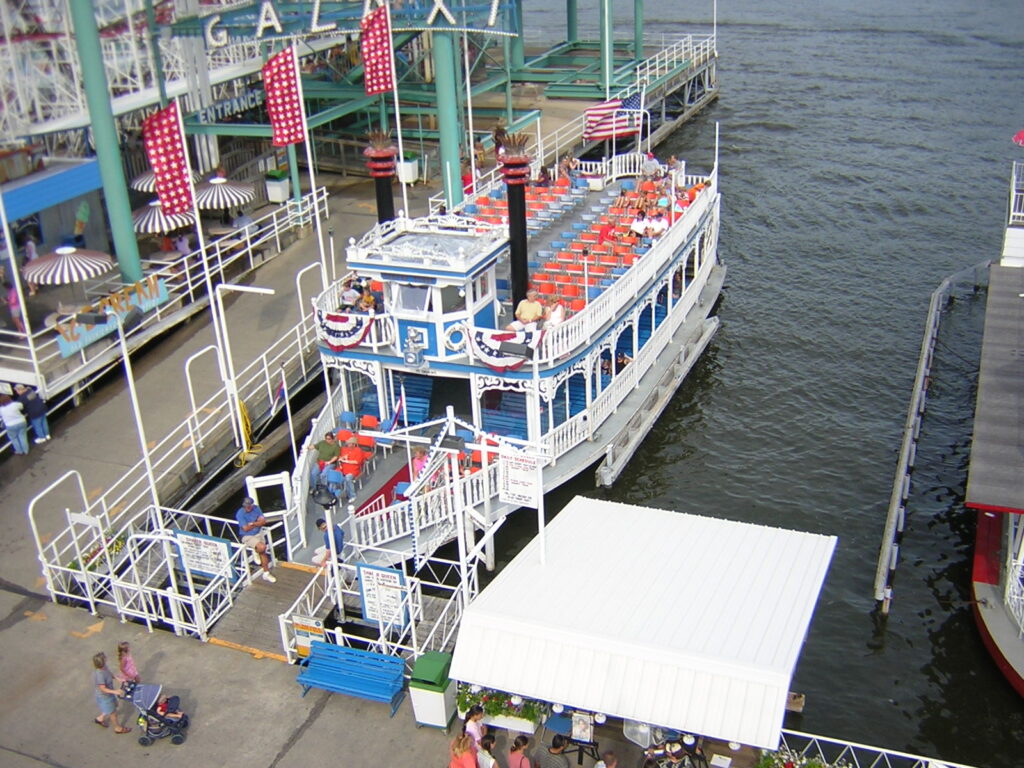
Indian Beach Amusement Park opened in 1929 near Galveston, offering seaside roller coasters, Ferris wheels, and carnival fun for locals and tourists. It endured multiple hurricanes, but the devastation of Hurricane Carla in 1961 proved final. The rides rusted, the boardwalk splintered, and its laughter faded. Investors abandoned the site, leaving it to the tides. Today, only remnants of wooden pilings peek through the sand, ghostly markers of a once-vibrant coastal carnival erased by time and storms.
9. Cape Lookout Village, North Carolina
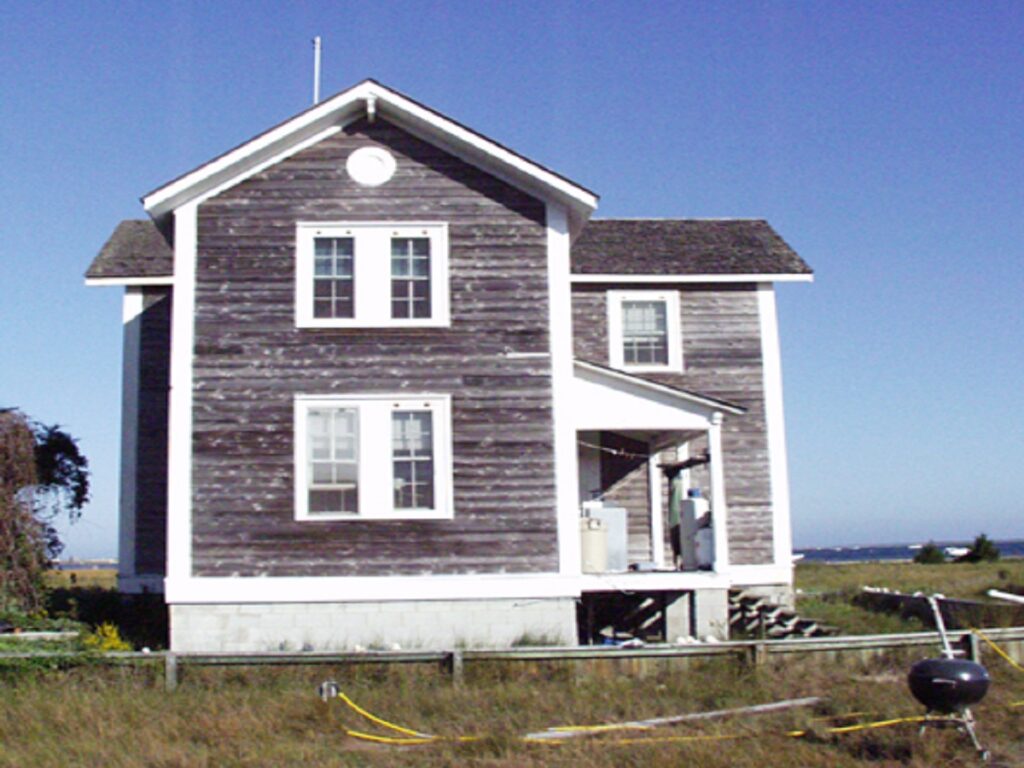
Established in the 1800s on North Carolina’s remote barrier islands, Cape Lookout Village once served lighthouse keepers, fishermen, and their families. Boats lined the docks, and cottages dotted the dunes. But isolation and storms gradually emptied it out by the mid-20th century. Today, weathered houses stand vacant, their wood bleached silver by salt and sun. The lighthouse still beams each night, watching over an abandoned settlement that remains frozen in maritime history.
10. Bayport Resort, Florida

Conceived in the 1920s as a lavish Gulf Coast resort, Bayport was built with grand visions of elegant ballrooms, tennis courts, and panoramic ocean views. But when the Great Depression struck, funding vanished and the project stalled. The resort never reached completion, and over the decades, its structures crumbled into ruin. Today, the mangroves and sea air have reclaimed the grounds, hiding remnants of a dream that once promised prosperity but fell victim to economic despair.
Comments